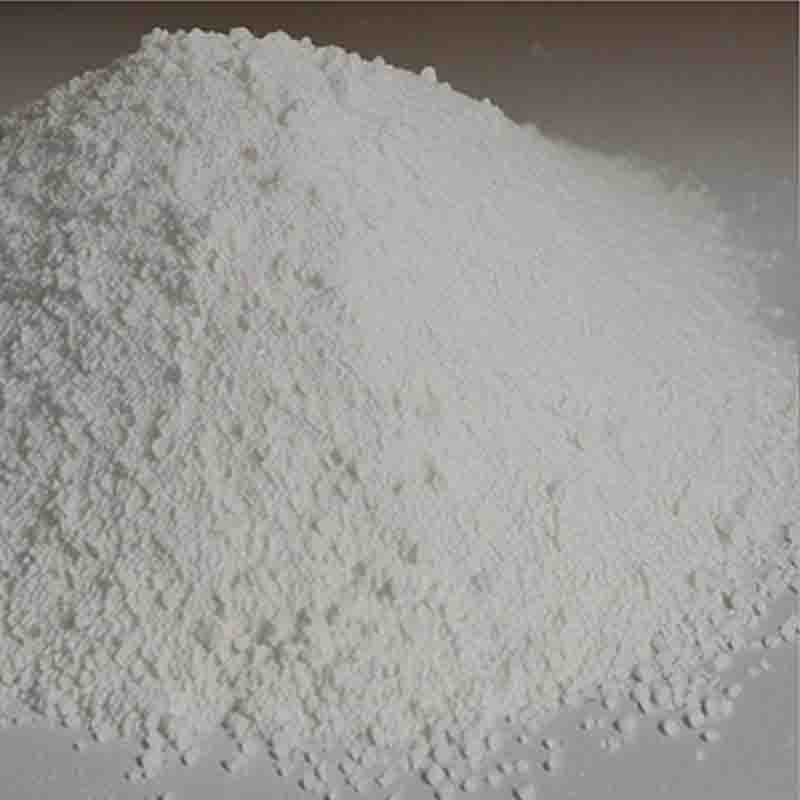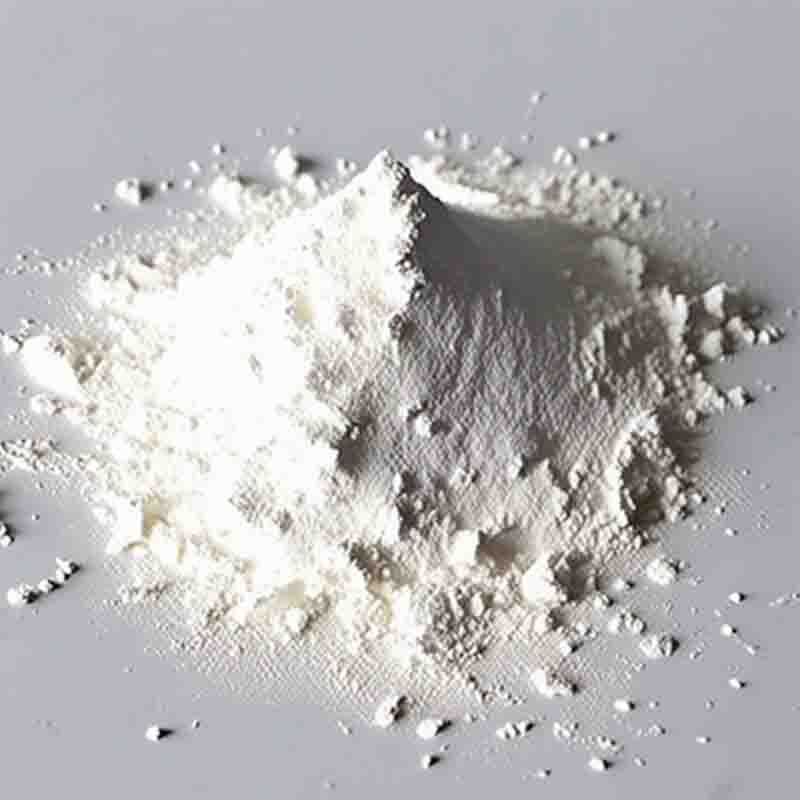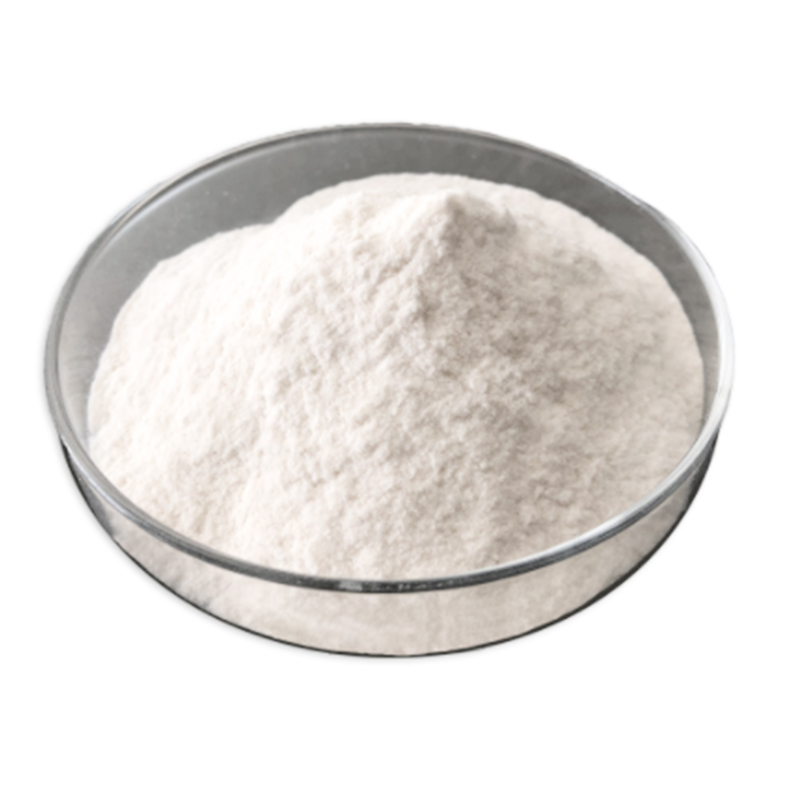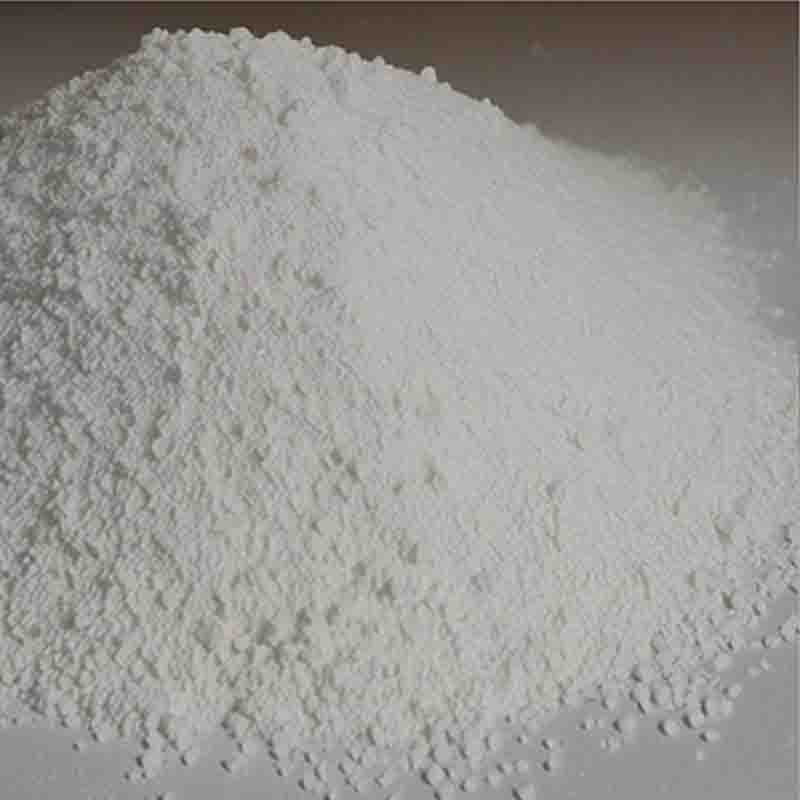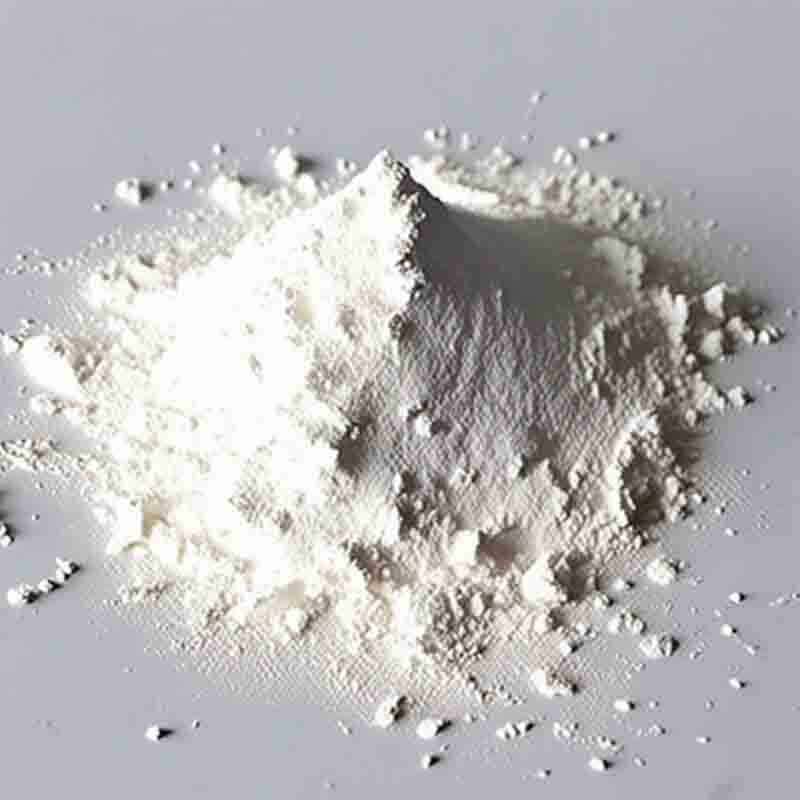Tetrabutylammoniumbromide CAS: 1694-06-0
| Catalog Number | XD94602 |
| Product Name | Tetrabutylammoniumbromide |
| CAS | 1694-06-0 |
| Molecular Formula | C16H36BrN |
| Molecular Weight | 322.37 |
| Storage Details | Ambient |
Product Specification
| Appearance | White powder |
| Assay | 99% min |
Tetrabutylammonium bromide is a quaternary ammonium salt that is commonly used as a phase transfer catalyst in organic chemistry reactions. It has several effects and applications in various fields.One of the primary effects of tetrabutylammonium bromide is its ability to facilitate the transfer of ions between immiscible phases. It acts as a surfactant, allowing polar or charged species to pass through nonpolar media, enabling reactions that would otherwise be difficult to achieve. This property makes it a useful tool in organic synthesis, particularly in reactions involving hydrophobic reactants or catalysts.Another important effect of tetrabutylammonium bromide is its influence on the solubility of certain compounds. Due to its cationic nature and high hydrophobicity, it can enhance the solubility of organic compounds in nonpolar solvents. This property is particularly useful in extraction processes, where tetrabutylammonium bromide can help dissolve organic compounds and separate them from aqueous solutions.Tetrabutylammonium bromide also exhibits phase-selective recognition properties, allowing it to selectively interact with specific phases in a mixture. For example, it can selectively bind to an organic phase while leaving an aqueous phase unaffected. This characteristic is beneficial in separation techniques, enabling the selective extraction or separation of target compounds.In addition to its use as a phase transfer catalyst, tetrabutylammonium bromide has other applications. It can be used as an electrolyte additive in battery systems to improve the performance and stability of the battery. It has also been employed in electrochemical deposition processes to enhance the quality and morphology of metal films.Moreover, tetrabutylammonium bromide has antimicrobial properties and has been studied for its potential use in medicine and personal care products. It has shown inhibitory effects against various microorganisms, including bacteria and fungi. This property makes it a candidate for antimicrobial coatings, disinfectants, and other applications in the healthcare field.However, it is important to note that tetrabutylammonium bromide should be handled with caution due to its toxicity. It can cause skin and eye irritation, and its vapors should not be inhaled. Proper safety measures should be followed, and suitable protective equipment should be worn when working with this compound.In summary, tetrabutylammonium bromide exhibits a range of effects and applications. As a phase transfer catalyst, it facilitates ion transfer between immiscible phases and enhances the solubility of organic compounds. Its phase-selective recognition properties make it useful in separation techniques. It also has antimicrobial properties and finds applications in various fields, including organic synthesis, extraction processes, electrochemistry, and medicine. ��� 9:36:32 4'-Methyl-2-cyanobiphenyl, also known as 4'-Methyl-2-cyanobiphenyl or 4-cyanophenyltoluene, is an organic compound that belongs to the biphenyl family. It has several effects and applications, particularly in the field of liquid crystal technology.One of the primary effects of 4'-Methyl-2-cyanobiphenyl is its ability to exhibit liquid crystal behavior. Liquid crystals are materials that possess intermediate characteristics between a solid and a liquid. They have distinct phases with unique optical and electrical properties, making them valuable in the display industry. 4'-Methyl-2-cyanobiphenyl can act as a liquid crystal intermediate and can be used in the synthesis of more complex liquid crystal compounds.As a liquid crystal, 4'-Methyl-2-cyanobiphenyl has mesomorphic properties, meaning it can form ordered structures at specific temperatures. These ordered structures can be manipulated through the application of heat or an electric field. This property is exploited in liquid crystal displays (LCDs) for televisions, computer monitors, and other devices. By controlling the alignment of the liquid crystal molecules, LCDs can produce images with high resolution and sharpness.Another effect of 4'-Methyl-2-cyanobiphenyl is its influence on the physical properties of liquid crystal mixtures. It can alter the temperature range over which the liquid crystal phase exists, as well as the transition temperatures between different phases. This effect is important for optimizing the properties of liquid crystal mixtures and their applications in various devices.4'-Methyl-2-cyanobiphenyl also has been studied for its potential use in organic light-emitting diodes (OLEDs). OLEDs are thin-film devices that emit light through the recombination of electrons and holes in organic compounds. By incorporating 4'-Methyl-2-cyanobiphenyl into the OLED structure, researchers have been able to enhance the efficiency and stability of these devices, leading to brighter and longer-lasting displays.Additionally, 4'-Methyl-2-cyanobiphenyl has been investigated for its potential application in organic photovoltaics (OPV). OPV is a technology that converts sunlight into electricity by utilizing organic materials as the active layer. By incorporating 4'-Methyl-2-cyanobiphenyl into the OPV structure, the absorption and energy conversion efficiency of the device can be improved.In summary, 4'-Methyl-2-cyanobiphenyl exhibits liquid crystal behavior and has several applications in the display industry. It can be used as a liquid crystal intermediate and can modify the physical properties of liquid crystal mixtures. Furthermore, it has been studied for its potential use in OLEDs and OPV, where it can enhance device performance and efficiency. The unique properties of 4'-Methyl-2-cyanobiphenyl make it a valuable compound in the field of liquid crystal technology.




